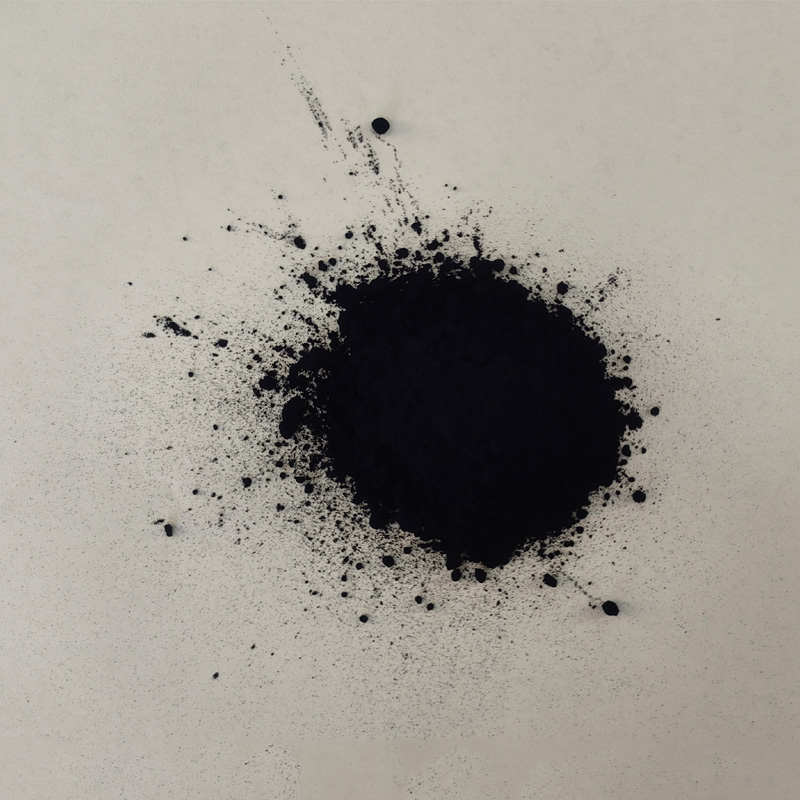China sulfur black the leading producer of high-quality black dye in Asia.
Sulfur black is a type of dye that is commonly used in the textile industry, particularly in China. This dark black dye is produced by a chemical reaction involving sulfur and other compounds, hence the name sulfur black.
In China, sulfur black has long been a popular choice for dyeing fabrics due to its deep and rich black color, as well as its ability to bond well with various types of fibers. This dye is especially prized for its color fastness, making it ideal for creating long-lasting and vibrant textiles.
.
In addition to its practical benefits, sulfur black also has a long history in Chinese culture. Black has traditionally been associated with wealth, power, and authority in Chinese society, and this symbolism is reflected in the widespread use of sulfur black textiles in traditional clothing and ceremonial attire.
china sulfur black

Despite its popularity, sulfur black does have some drawbacks. For one, the production of sulfur black can have negative environmental impacts, as it requires the use of sulfur and other chemicals that can be harmful to the environment if not properly managed. Additionally, some people may have sensitivities or allergic reactions to sulfur black, so care must be taken when using this dye in textile production.
In recent years, there has been a growing focus on developing more sustainable and eco-friendly alternatives to traditional sulfur black dyes. Many textile manufacturers in China are now exploring ways to reduce their use of sulfur black and other potentially harmful chemicals, in favor of more environmentally friendly options.
Overall, sulfur black remains a popular and widely used dye in the Chinese textile industry. Its deep black color, cost-effectiveness, and long-lasting properties make it a practical choice for creating a wide range of textiles. However, as concerns about environmental sustainability grow, it is likely that we will see a shift towards more eco-friendly dyeing methods in the future.
-
The Timeless Art of Denim Indigo Dye
NewsJul.01,2025
-
The Rise of Sulfur Dyed Denim
NewsJul.01,2025
-
The Rich Revival of the Best Indigo Dye
NewsJul.01,2025
-
The Enduring Strength of Sulphur Black
NewsJul.01,2025
-
The Ancient Art of Chinese Indigo Dye
NewsJul.01,2025
-
Industry Power of Indigo
NewsJul.01,2025
-
Black Sulfur is Leading the Next Wave
NewsJul.01,2025

Sulphur Black
1.Name: sulphur black; Sulfur Black; Sulphur Black 1;
2.Structure formula:
3.Molecule formula: C6H4N2O5
4.CAS No.: 1326-82-5
5.HS code: 32041911
6.Product specification:Appearance:black phosphorus flakes; black liquid

Bromo Indigo; Vat Bromo-Indigo; C.I.Vat Blue 5
1.Name: Bromo indigo; Vat bromo-indigo; C.I.Vat blue 5;
2.Structure formula:
3.Molecule formula: C16H6Br4N2O2
4.CAS No.: 2475-31-2
5.HS code: 3204151000 6.Major usage and instruction: Be mainly used to dye cotton fabrics.

Indigo Blue Vat Blue
1.Name: indigo blue,vat blue 1,
2.Structure formula:
3.Molecule formula: C16H10N2O2
4.. CAS No.: 482-89-3
5.Molecule weight: 262.62
6.HS code: 3204151000
7.Major usage and instruction: Be mainly used to dye cotton fabrics.

